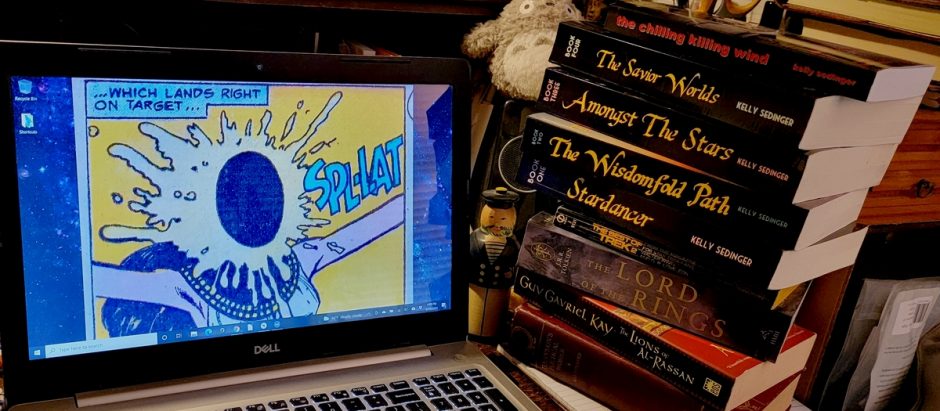Continuing our brief survey this month of classical works that debuted one hundred years ago this year, in 1925, we have one of George Gershwin’s major works, and one that gives some clear idea of the direction Gershwin was moving as a composer. The Concerto in F, as it is officially titled, teems with jazzy, urban energy. It feels like what it is: a more structured and more compositionally-assured successor to works like Rhapsody in Blue, where the musical structure is simple to the point of being almost absurd. The Concerto is still a work of youth, with compositional imperfections, but when heard in context you can clearly see Gershwin’s development from a genius of melodies toward being a genius composer. More on this here.
The Concerto follows the traditional form, being in three movements of the fast-slow-fast variety. Opening with four sharp timpani strikes, the temptation might be to compare this piece to Beethoven’s Violin Concerto, which also starts with four taps on the timpani. Gershwin is doing something much more overtly energetic here, which suits his background; his ongoing use of wonderful melodies loads the work with propulsive energy. The work never seems to lose its dancing nature, even if the nature of that dance is at times playful and at times sultry and seductive.
This performance, featuring soloist Wang Yuja, is conducted by Michael Tilson Thomas, the recently retired conductor of the San Francisco Symphony who was once, in his own musical youth, music director of the Buffalo Philharmonic.
Discover more from ForgottenStars.net
Subscribe to get the latest posts sent to your email.





